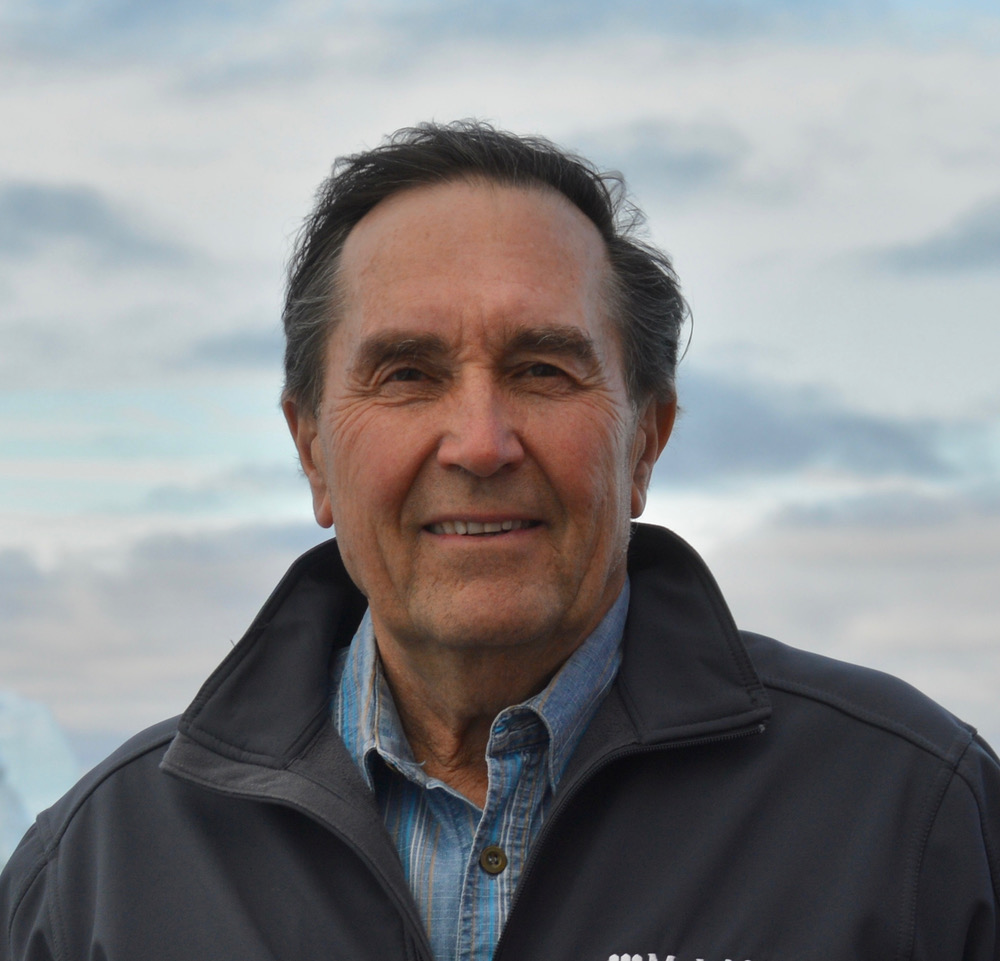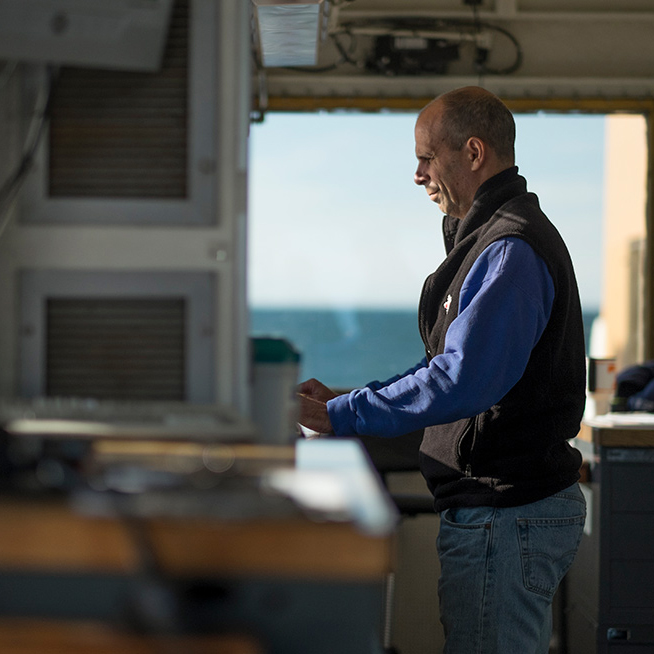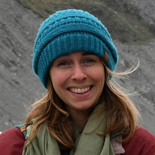Project Abstract
 The Pacific sector of the Arctic Ocean is warming, in particular the shallow Chukchi Sea. As a result, many organisms may spread into Arctic waters, and some present significant threats to human and ecosystem health, such as harmful algal bloom (HAB) species (commonly called red tides). The investigators present evidence that HABs occur in the Chukchi Sea and we know that the potent neurotoxins they produce can affect marine mammals, seabirds, and other resources critical to subsistence harvesters. At the same time, little is known about the present and future risk from toxic algae to humans in the Pacific Arctic region. This study will be the first to document the current distribution of highly toxic HAB species at high resolution over large spatial scales within the Alaskan Arctic and along its transport pathways and will provide estimates of areas at high risk of toxicity now and in a warming future. The investigators will disseminate results via brochures, public lectures, and radio interviews in Native communities, as well as through discussions with local scientists and managers. The project will contribute to K-12 education through the Woods Hole Science and Technology Educational Partnership and will provide training for postdoctoral investigators and graduate and undergraduate students.
The Pacific sector of the Arctic Ocean is warming, in particular the shallow Chukchi Sea. As a result, many organisms may spread into Arctic waters, and some present significant threats to human and ecosystem health, such as harmful algal bloom (HAB) species (commonly called red tides). The investigators present evidence that HABs occur in the Chukchi Sea and we know that the potent neurotoxins they produce can affect marine mammals, seabirds, and other resources critical to subsistence harvesters. At the same time, little is known about the present and future risk from toxic algae to humans in the Pacific Arctic region. This study will be the first to document the current distribution of highly toxic HAB species at high resolution over large spatial scales within the Alaskan Arctic and along its transport pathways and will provide estimates of areas at high risk of toxicity now and in a warming future. The investigators will disseminate results via brochures, public lectures, and radio interviews in Native communities, as well as through discussions with local scientists and managers. The project will contribute to K-12 education through the Woods Hole Science and Technology Educational Partnership and will provide training for postdoctoral investigators and graduate and undergraduate students.
The hypothesis underlying this project is that harmful algal bloom species (HABs) in Alaskan Arctic waters are not only advected from the south through Bering Strait but are now originating locally on the Chukchi shelf due to warming temperatures, circulation dynamics, and water mass structure that influence bloom magnitude, duration, toxicity, and recurrence. This will be addressed through a joint physical-biological field and laboratory program to study the relationship between HAB species distribution/dynamics and the physical environment of the Chukchi Sea region. The distribution of HAB species on the Chukchi shelf will be mapped in relation to hydrography and circulation, including a comprehensive survey of the Alaskan Coastal Current which transports the warmest water in the Chukchi Sea. A range of molecular and physiological tools will be used to investigate the origin, connectivity, and fate of HAB populations in the region in the context of large-scale wind forcing and partitioning of water masses flowing through Bering Strait and the Chukchi Sea. Cyst and isotope profiling will establish a historical record of blooms along the major transport pathways to the western Arctic. Finally, conceptual models of the origin, transport, and fate of HABs in the Chukchi Sea region will elucidate linkages to the flow pathways, dynamics, and characteristics of the different water masses.
Logistics Summary:
This project will study the relation between harmful algal blooms and the physical environment of the Chukchi Sea. The researchers believe that these algal blooms have historically come up from the Bering Sea, but increasingly they originate locally in the Chukchi shelf due to warming temperatures, circulation dynamics, and water mass structure that influence bloom magnitude, duration, toxicity, and recurrence. Field work will be conducted from the USCGC Healy and researchers on the cruise will focus on harmful algal blooms between the Bering Sea and Barrow Canyon in the eastern Chukchi Sea. During late July/August of 2021, 15 researchers, a PolarTREC teacher and one community observer will embark on a 25-day cruise aboard the USCGC Healy out of Nome, Alaska sampling locations comprising nine transects from the northern Bering Sea to the western Beaufort Sea. After the cruise, two team members will remain in Nome or travel to nearby villages for several days to provide outreach to the community (This was originally scheduled for 2020 but delayed due to COVID-19 restrictions). In 2021, PolarTREC teacher, Eric Filardi, (1918637EF) will join the field team aboard the USCG Healy.
Season Field Site
2021 Alaska - Nome
2021 Arctic Ocean and Seas - Chukchi Sea
Keywords
Harmful algal blooms; Cyst seedbeds; Circulation; Water masses; Alexandrium; Pseudo-nitzschia; saxitoxin; domoic acid; paralytic shellfish poisoning; PSP; amnesic shellfish poisoning; ASP
Project Location
Website
Project WebsiteDates
-Location
Nome, AK; Chukchi Sea; Arctic OceanMembers
Principal Investigator

Co-Principal Investigator

Other

